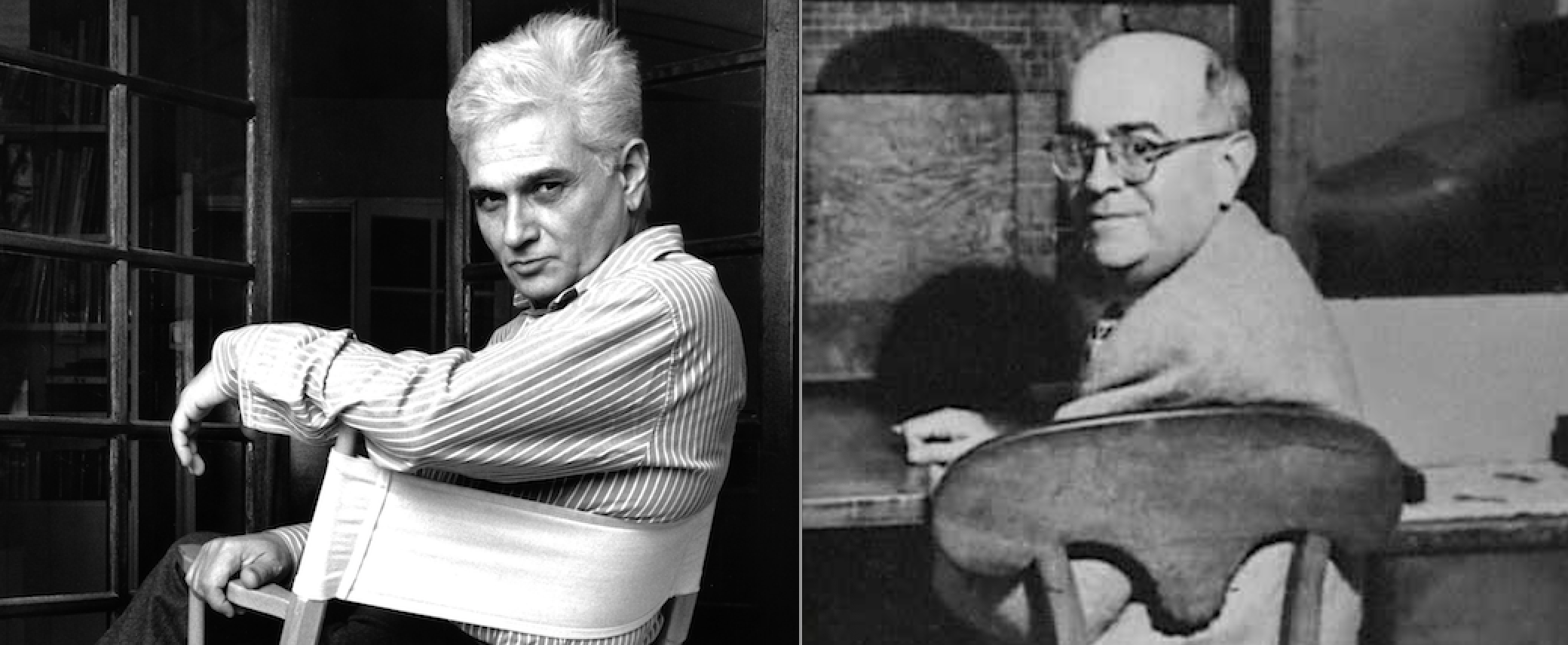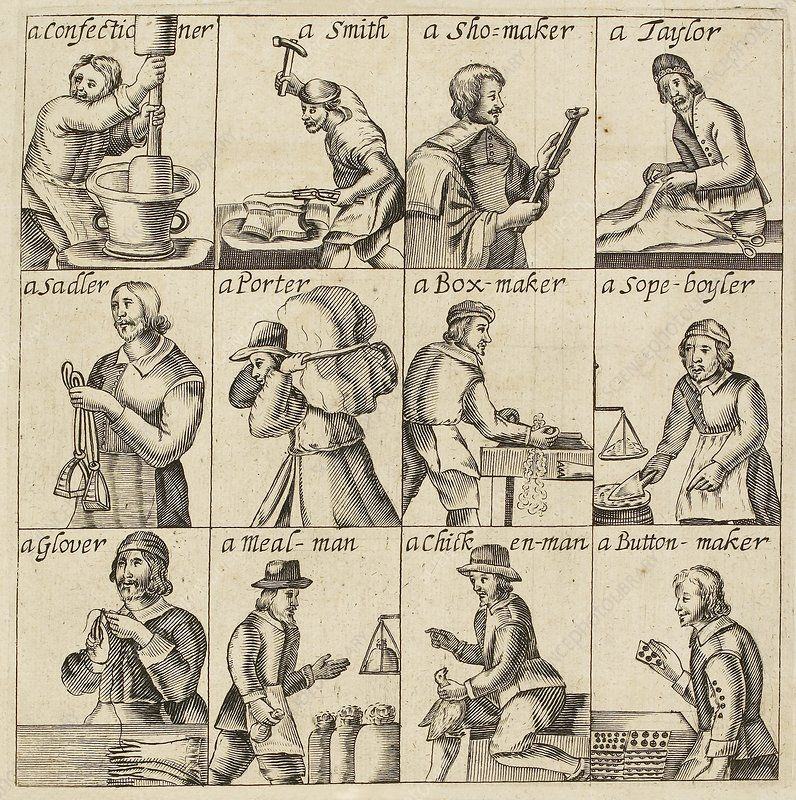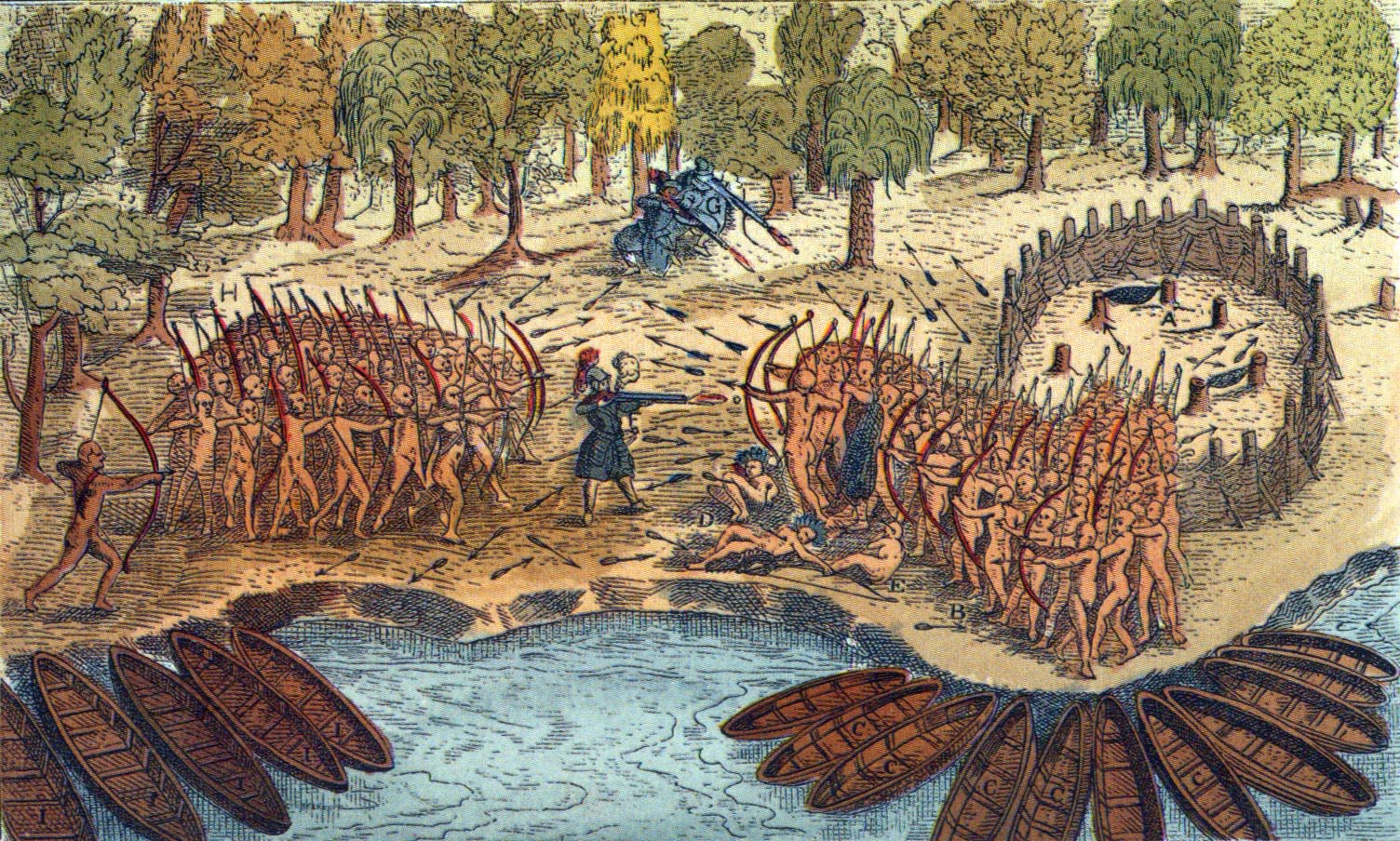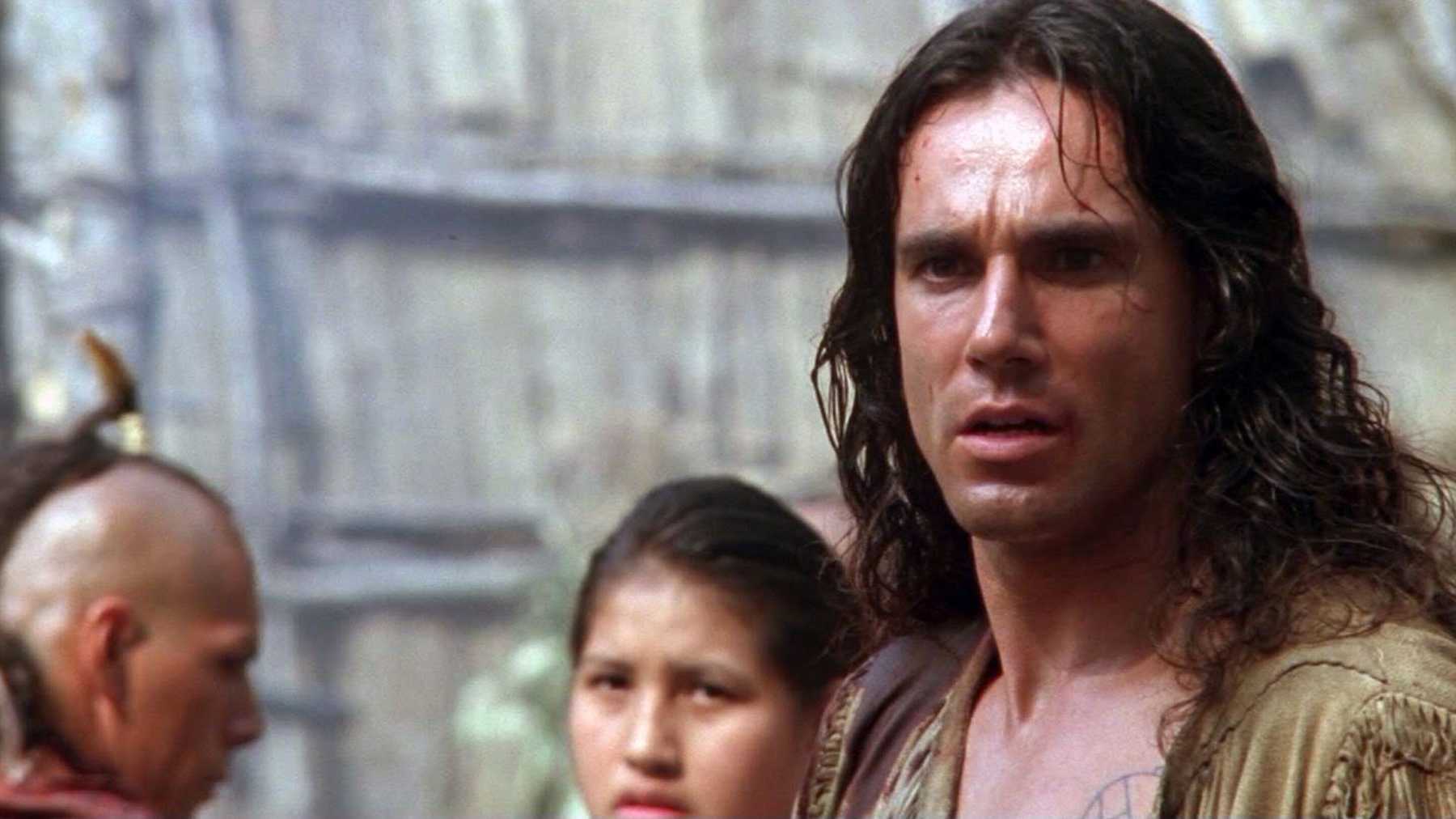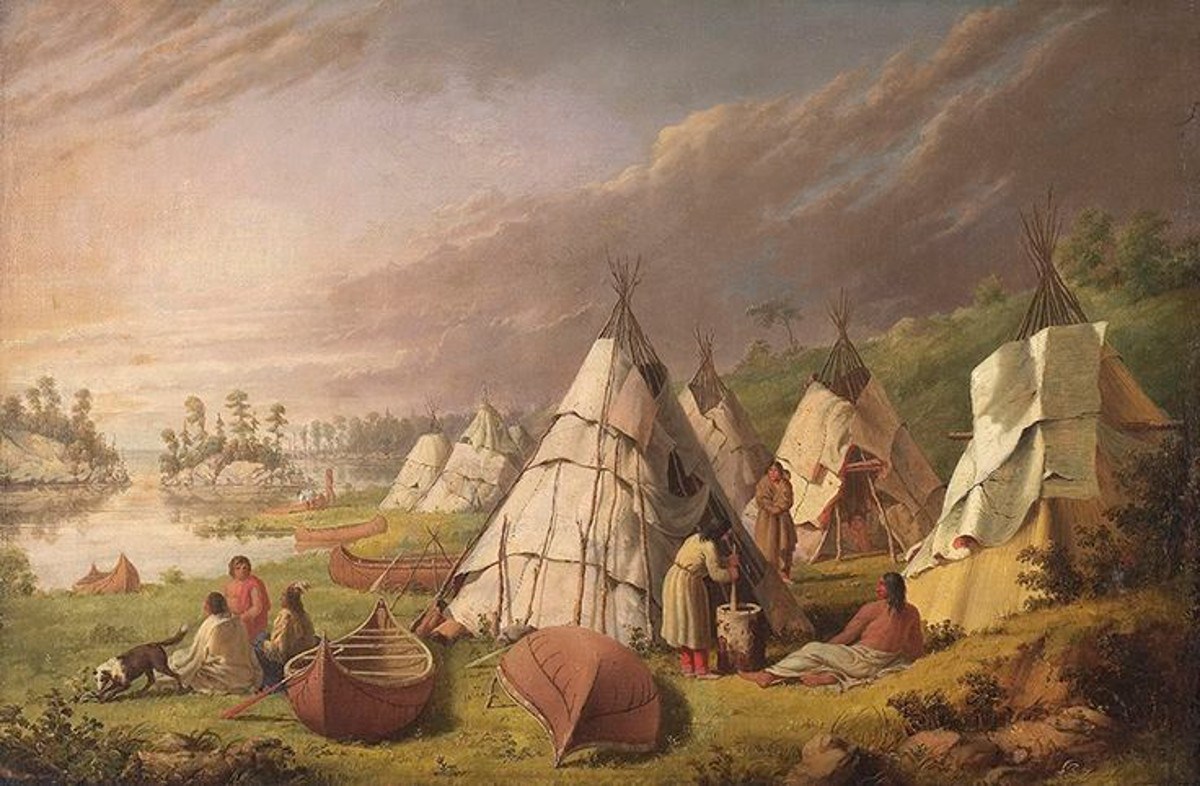- 2. The Deconstructive Universal
- 2.1
Whether or not you take to deconstruction has always had a lot to do with how you feel about universals in any of that word’s related senses: how you feel, for one, about metaphysical universals, abstract characteristics shared by individual objects or persons; but also how you feel about universals in some distinctively Hegelian sense, master categories and higher abstractions, as opposed to secondary categories and lesser abstractions, the order rather than the genus; and then, too, how you feel about ethical and political universalism, which asks that our institutions give priority to characteristics that all people (in all times and all places) might be thought to have in common. Your views on such matters are germane because Derrida’s single most famous argument is, in fact, universal in scope, pullulatingly so. If you’re going to be a Derridean, the first argument that you’re going to have to take on board is that there is no philosophically defensible distinction to be drawn between writing and speech, that all language is writing, and that all people (and peoples) must be thought of as possessing écriture. That’s the universalism: Writing is everywhere; everyone has it. Derrida, of course, offers reasons for thinking this. His proposition is that we typically (and incorrectly) think of writing as more mediated than speech. I might, for instance, worry that if spoken words represent things, and writing represents spoken words, then all written documents, even original ones, are going to have the smudgy, deteriorating quality of second-generation photocopies. Speech removes me from the object; and writing removes me further still. A Derridean counters this anxiety simply by honing in on the phrases I’ve just written—that “spoken words represent things” or that “speech removes me from the object”—in order to make the point that speech is already mediation, already the arbitrary coding of the world, already constructed out of a network of differences, gaps, or non-positivities. Words emerging from a mouth aren’t any more tethered to their objects than words emerging from an ink cartridge, which means that we will have to give up the fantasy that one type of language can keep us close to things while the other will cost us the world.
Similarly, you might think of writing as uniquely decontextualizing. Once recorded, words strung together in one place and time can be encountered in any other place or (subsequent) time. But then spoken language isn’t nearly as place-bound as we unthinkingly take it to be, since people often remember speech they’ve heard and go about their lives and move around and eventually re-speak it. Writing travels, true enough, but so does quoted speech; there is no world without recording devices. Or again, you might think that spoken language keeps listeners closer to a speaker’s intentions or private understandings, if only because they can interrupt him when he’s being unclear and ask him what he was trying to say. But there aren’t any grounds for thinking that spoken language is less in need of interpretation than the written kind, and if consulted, a living, yakking, disambiguating speaker-in-the-room can only produce more speech, equidistant from his intentions and requiring interpretation in turn.
What we’ll want to notice now is that nothing in this explanation strictly requires Derrida to claim that all language is writing. In fact, the argument would probably be more perspicuous without that provocation, without, I mean, your always having mentally to substitute for the word écriture the notion that all language displays some-but-not-all of the features conventionally associated with writing. Eventually some philosopher is likely to want to reform deconstruction along these lines, by insisting on perspicacity, stripping away as gratuitous the doctrine of universal writing and then seeing what’s left or what else has to change in the absence of an ecumenicized écriture. But anyone wanting to account for the peculiarity of really existing Derrideanism doesn’t have that option. Far from seeming expendable, the needless apotheosis of écriture—that drive to say it’s-all-writing and actually mean something a little different or to say it’s-all-writing even when your argument doesn’t strictly demand it—can easily seem like one of deconstruction’s most salient features.
Writing, this is all to say, is at the center of deconstruction’s bid for universalism, and yet its status as a universal is open to question. Even within the framework generated by Derrida himself, one has to wonder whether writing hasn’t been trickishly generalized. At the very least, we’ll want to describe Derrida’s procedure here, which is to extract a particularized term from the semantic stratum where we are used to encountering it and insert it instead into the place of the universal. At the formal level, to claim that all language is writing is akin to claiming that all vehicles are pushcarts or all buildings are pyramids. That this procedure introduces problems that Derrida cannot solve should be apparent as soon as you notice that writing, even having been promoted to the status of universal, sometimes persists in his arguments as particular all the same—as writing-writing, book-and-document writing; “writing in the narrow sense,” he calls it—at which moments écriture is called upon to function as a subset of itself. In deconstruction, we have an encompassing term, writing-which-means-the-sum-of-all-language, under which we can class a second term, which is … writing. All vehicles are pushcarts, and then some of them are also pushcarts.
The consequences of this will be hard to reckon if we don’t pause first to consider the several different ways that one could deal with writing or language as a universal term—or, indeed, the different ways one could deal with universals of any kind. It will be easier, that is, to say what Derrida is up to if we know which nearby philosophical options he is refusing.
It might help, for instance, to clear up a few misconceptions about the status of universals in Hegelian philosophy. Hegel, after all, is not quite the aloof, god’s-eye philosopher of Geist and Weltgeschichte that casually hostile readers take him to be. He is in various senses a universalist, to be sure, but this point is easy to overstate, since one of the concerns that most obviously fuels dialectical thinking is a discomfort over the ways in which non-dialectical philosophers get universals wrong, mostly by approaching them too abruptly. Among the core tenets of dialectical philosophy is the notion that universals cannot manifest themselves directly in the world. You can phrase this point in illuminatingly trivial terms—that no entity can be a bird, immediately and nakedly avian, without also being, say, a goose—as long as you realize that the payoff for this claim is above all ethical and political: that no-one can be human without specification, that no-one can instantiate mind or spirit except by pursuing some particular practice, that no-one is the abstract and Vitruvian bearer of rights and freedoms, &c.[i]
From out of dialectics, therefore, even in its classical form, it is not hard to extract some moderately anti-universalist positions, the second of which would state that individuals cannot be directly linked to their universals, but are better understood as passing through an always extendable set of intermediate categories. I am standing in western Ireland in December, looking at a creature with wings and feathers, fairly big for such an alate thing, with a white face atop a long black neck, and a variously grey, elongated body. For almost no purposes will it be enough to say that this x is an “animal” or a “bird.” It probably won’t even be enough to say that it is a “goose,” once one realizes just how high a floor in the taxonomical edifice that designation actually occupies. We might loosely think of geese as forming a species, but they don’t; there are species of goose, but no species “goose.” Nor are geese properly thought of as a genus, one story up, but rather as what zoologists call a tribe or even a subfamily. An informed person, in this context, is one who can introduce additional determinations, who will know that this x is not just a bird but a goose, and not just a goose but a barnacle goose; she might even know that the latter is itself a kind of black goose. One way to appreciate what Hegel is after here is to keep alive in yourself a sense of surprise that even the word “goose” is more abstract than you probably thought and is best approached patiently and stepwise. About écriture, then, a Hegelian would have to say that there can be no writing as such, without instantiation, and further, that no collection of words can be grasped as writing without passing through a set of intermediate terms, which in this case would let the mind loose in the encyclopedia of textual genres: birthday card, saint’s life, personal ad, ransom note, presidential signing statement, silver fork novel, and so on.
Perhaps the least appreciated point about dialectics is that it is at heart an anti-reductionism, a way of combating the mind’s tendency to seek explanations at one degree of abstraction at the expense of other explanations involving other degrees of abstraction. Let’s say, to consider a Marxist offshoot of this Hegelian program, that I am sitting down to write a book about the English Revolution. And let’s say further that I want to show how Atlantic merchants—English men trading with the Caribbean and the east coast of North America—played a central and hitherto underappreciated role in the upheavals that overtook England, Scotland, and Ireland in the 1640s. I won’t be able to make that case if I can’t tell you about those merchants in individuated detail, if I don’t know their biographies, if I can’t account for the choices they made month for month, some of which choices included rising against their king and disestablishing the national church. I have to be able to tell you about Maurice Thomson and Matthew Craddock and Samuel Vassall. At the same, though, I won’t be able to understand what these men were after if I don’t understand the groups into which they formed or the institutions that housed their projects—the corporations (set off against rival enterprises), the dissenting sects (each set off against the others and all of them set off against the Church of England), the often unformalized political factions. Similarly, I’m going to need a robust account of the new colonial-capitalist economy in the Atlantic in which all of these men operated, and to which all English, Scottish, and Irish people were increasingly connected, though at meaningfully different removes—and what I will need to show about this economy is that it introduced imperatives and constraints of its own that none of the actors in the 1640s, whether grasped as individuals or as groups, could simply defy. Just as important, I will need to make clear how each of these explanatory modes requires the other two, how each, if you like, houses the others within itself. Maurice Thomson and Matthew Craddock don’t come to me as mere data or as singletons, not as “individuals,” but as individuated within various groups—within the Providence Island Company, perhaps, or English Baptistry—as also within the Atlantic economy as a whole. But those same groups, meanwhile, are plainly made up of these individuals, while also taking on individuated profiles of their own when positioned across from one another within the Atlantic economy at large. This economy at large, meanwhile, is from some perspective nothing but the networked aggregate of those individuals arranged in those groups.
The task of Hegelian (and Hegelian-Marxist) thought is thus to find the individual and the particular in the universal; but also to find the individual and the universal in the particular; and then to find the particular and the universal in the individual. The idea is precisely to avoid the reduction to the universal or impetuous argument-to-system for which Hegelianism is often mistaken. At the same time, however, Hegelianism cautions against explanations that would lock in at the level of the intermediate category; if revolutions are the day’s topic, then such part-explanations would be the usual business of social history, the history not of persons but of groups and institutions, revealed here to be a reduction to the particular. And then, of course, the methodological individualism beloved of the it’s-more-complicated school of academic history-writing, which prides itself on its own version of anti-reductionism, stands indicted here as a reduction to the deinstitutionalized and un-mediated individual.[ii]
Adorno’s philosophy of non-identity, then, is best thought of not as breaking with Hegel but rather as radicalizing the anti-universalist strain that was indigenous to dialectics all along. This isn’t to say that Adorno’s revisions don’t present subtleties of their own. The trick to coming to terms with Adorno is to grasp that he is not a nominalist, a point that requires us to concede the insufficiently considered possibility of an anti-universalism that does not go back to Ockham. Negative dialectics asks us to oppose universals, in that term’s various senses, but not because these are fake or just names. The point is complicated: There is, in fact, a nominalist moment in Adorno’s thinking, which does sometimes describe concepts as herding singular objects into undifferentiated droves, asking us to fret about the penalties we pay for this most ordinary of all cognitive procedures, the heedless aggregation involved in all naming. It’s just that Adorno is also interested in the ways in which objects (and persons) really can be deprived of their singularity, in actuality and not just in thought, by mass production or by unified institutions or by standardization across increasingly vaster regions of the planet. The administered society, by flooding the world with generic objects, makes real the abstraction that had hitherto been merely verbal or conceptual. The standardized planet is the world remade in the image of language, a world in which language has at last become adequate to things, but only because the latter have become as indefinite as the perfunctory mono-terms with which we have always identified them. Universals in Adorno thus occur on two levels—both as verbal abstractions and as real ones—and it is his outlandish hunch that the universals of one level are best resisted on the other level, that one might be able to turn back the accelerating protocols of standardization—that one could prevent Body Shops from being built in Warsaw or the entry of Pizza Hut into Guangdong—if only one could disable abstraction at its cognitive source, in words and concepts. The vocation of negative dialectics is thus to terminate universals, sometimes via aesthetics, mostly via a re-jigged dialectics capable of bringing thought up against the unthought specificity of things.[iii]
Any guide to critical theory will tell you that Adorno’s is one of the great anti-universalisms in the history of philosophy. And a careful reading of Hegel should show that even orthodox dialectics produces an argued-through critique of das Allgemeine. Saying as much now should bring into view the first of the features that makes Derrida distinctive, which is that he is not an anti-universalist to nearly the same degree.
[i] See Hegel in the Philosophy of History, translated by J. Sibree (Mineola, NY: Dover, 2004), p. 59 : “A person is a specific existence; not man in general (a term to which no real existence corresponds).” Or in the early essay on the “Positivity of Christianity,” in the Early Theological Writings, translated by TM Knox (New York: Harper Torchbook, 1961), p. 169: “The general concept of human nature admits of infinite modifications, and there is no need of the makeshift of calling experience to witness that modifications are necessary and that human nature has never been present in its purity. A strict proof of this is possible; all that is necessary is to settle the question: ‘What is human nature in its purity?’ This expression, ‘human nature in its purity,’ should imply no more than accordance with the general concept. But the living nature of humanity is always other than the concept of the same, and hence for the concept is a bare modification, a pure accident, a superfluity, becomes a necessity, something living, perhaps the only thing which is natural and beautiful.” Hence, too, the emphasis placed by many Hegelians on “concrete universality (i.e., the specific embodiment that the universality of modern philosophy receives in particular sociohistorical settings.” See Paul Piccone’s Italian Marxism (Berkeley: University of California Press, 1983), p. 18.
[ii] Hegel’s anti-reductionism is clearest in his account of the syllogism in either of his two Logics, see, e.g., The Science of Logic, translated by George di Giovanni (Cambridge, UK: Cambridge University Press, 2010), p. 588 – 624. The book I’m describing is not hypothetical. See Robert Brenner’s Merchants and Revolution: Commercial Change, Political Conflict, and London’s Overseas Traders, 1550-1653 (1993) (London: Verso, 2003).
[iii] This is the goal of the demontieren I was describing earlier. See Negative Dialectics, pp. 3 – 28.


